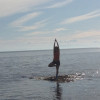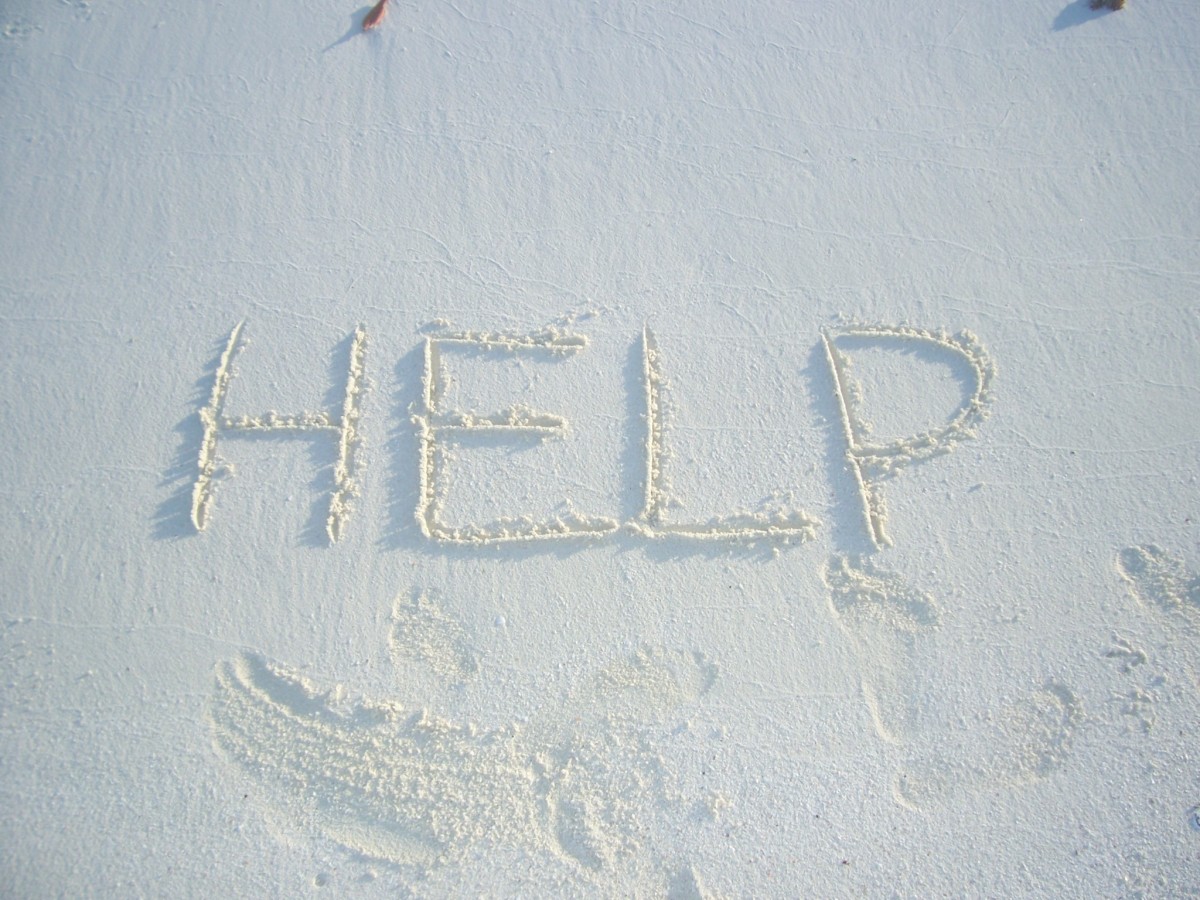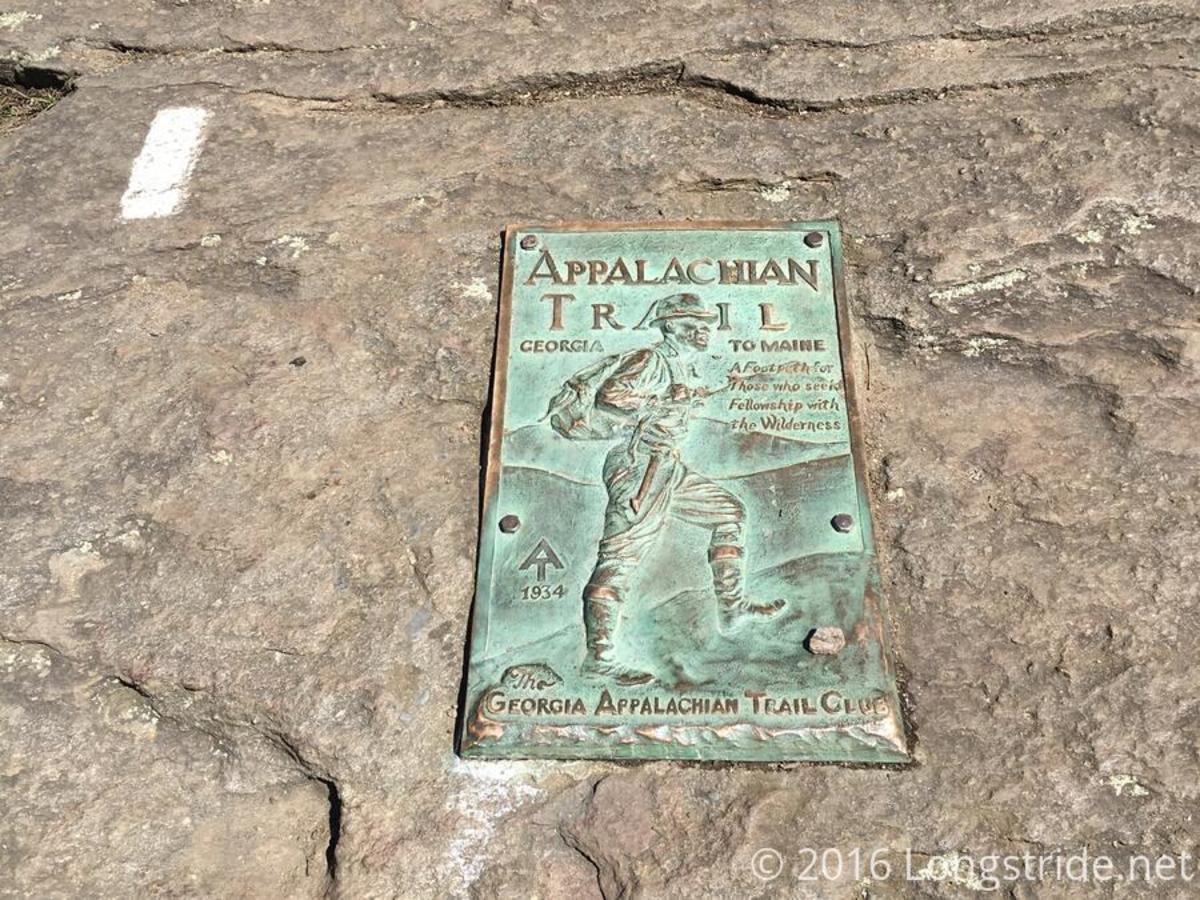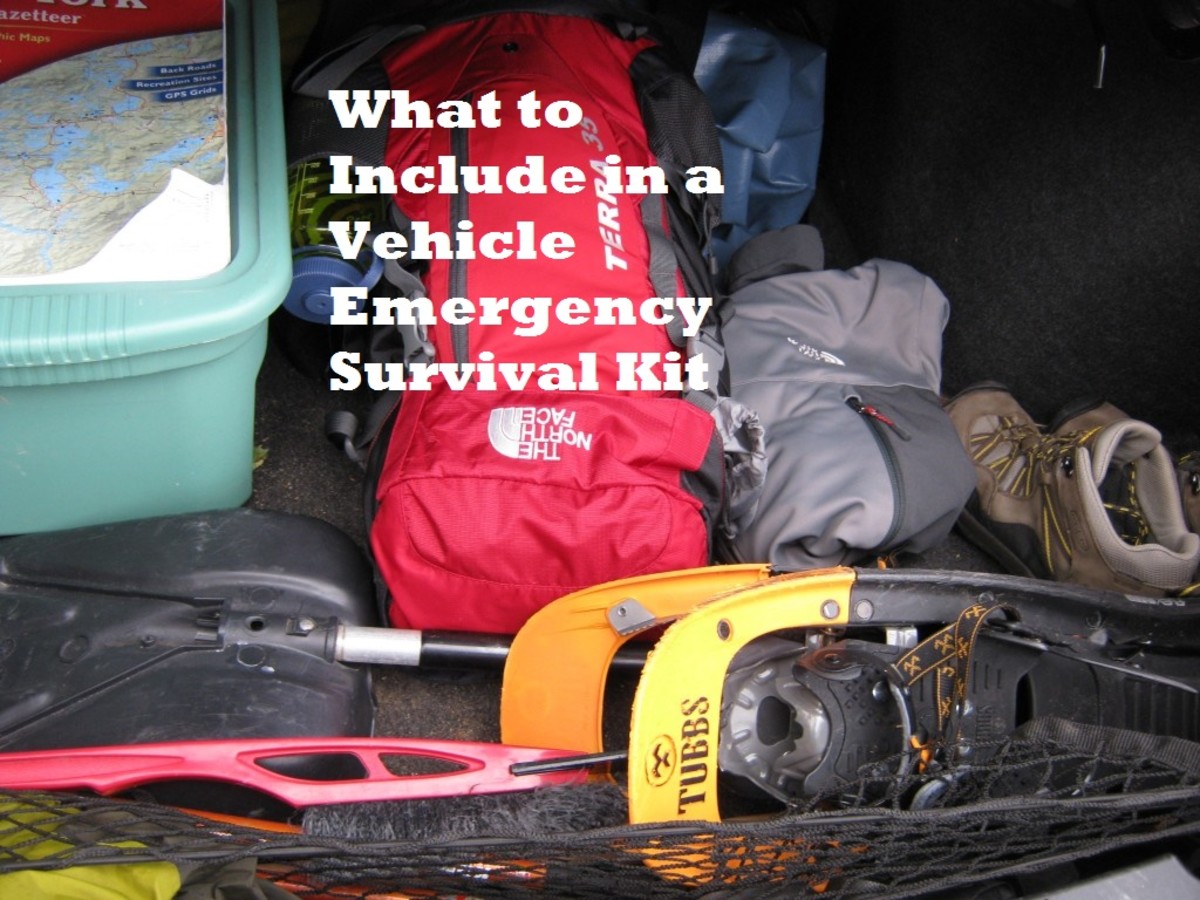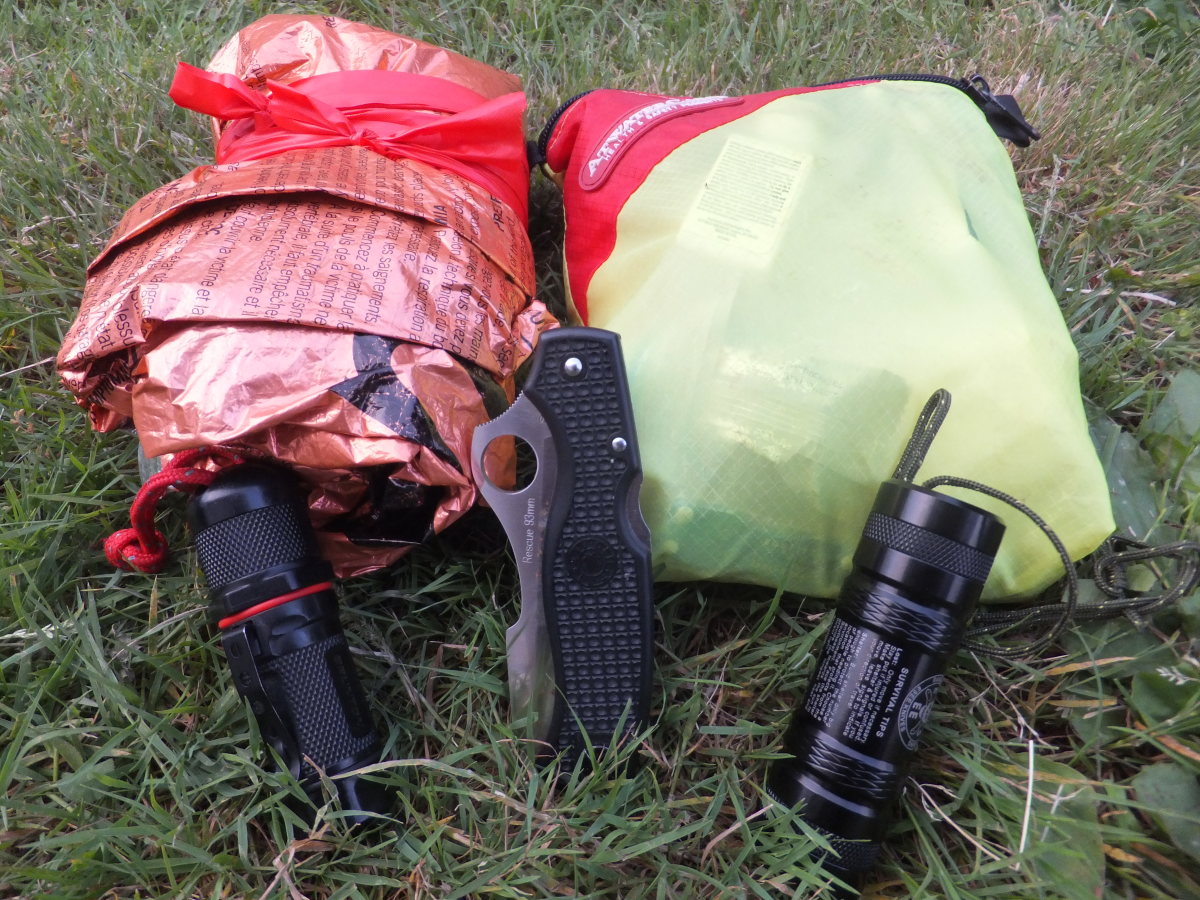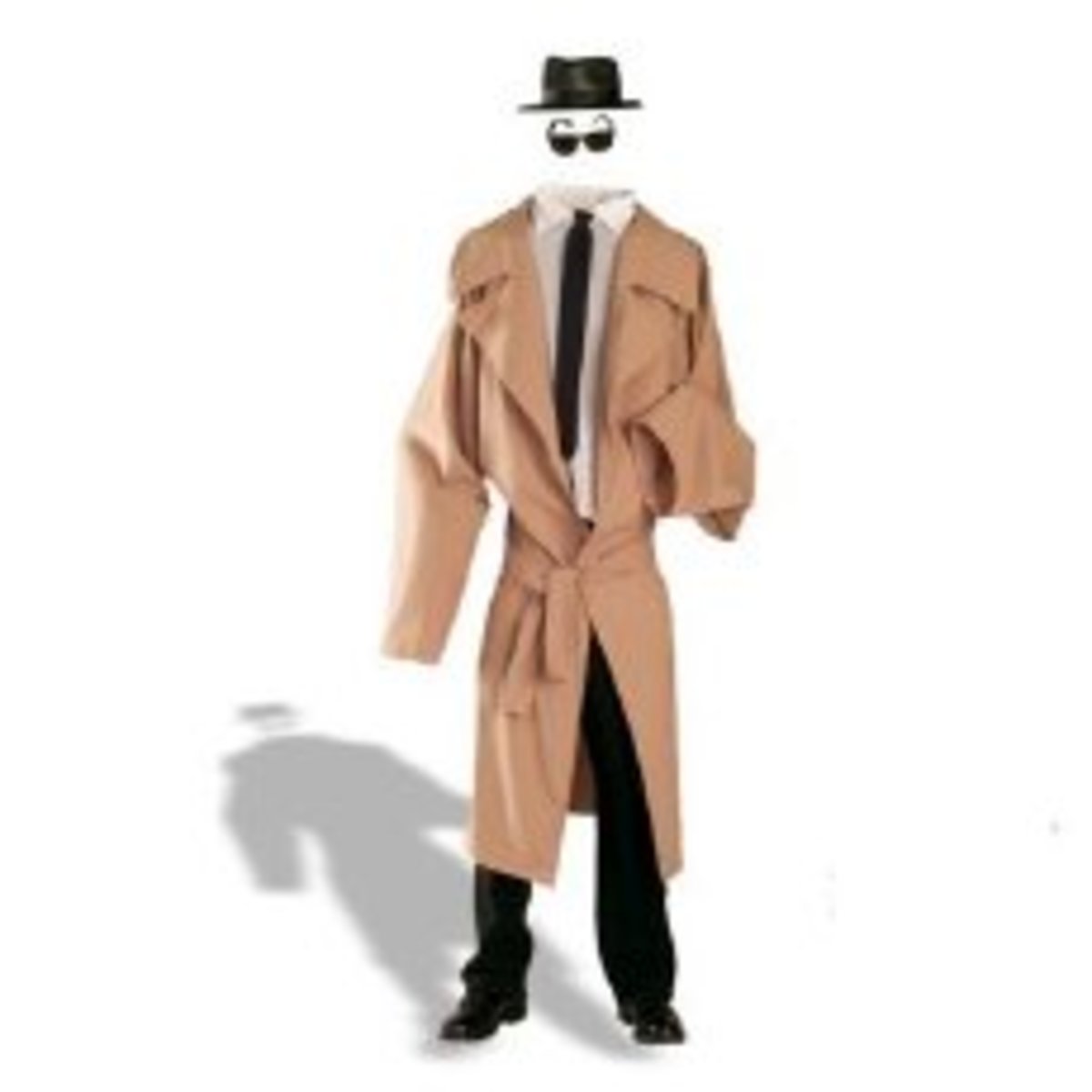A City-Dweller's Guide to Hiking
Confessions of a City Girl
I am pretty much what you would call a City Girl. Not in the Sex and the City way where my credit card bill is stacked with shoe purchases and $20 cosmos, but in the "I spend all my time in the city and so do all my friends" way. My default leisure activities are things like going to see shows, checking out a new restaurant, having drinks on a rooftop patio, or strolling through one of my favourite neighbourhoods. While I have loved the idea of getting outside more often for years, it would just never cross my mind when planning my weekends.
Then I started dating an outdoorsy-type guy and suddenly I was confronted with the prospect of hiking every single free moment. While that might be a bit much for me, I did embrace the opportunity to get outside and experience nature. In the past few months I've managed to get on the mountains four or five times, and while it has been challenging, it has also been really wonderful and rewarding. It has also been a fantastic crash course on what I should prepare, bring, and do while in the great outdoors.
Here's what I've learned, compiled in what could referred to as "a beginner's guide to hiking and the outdoors". I don't love the term "beginner", which is why I'm going with "city dweller" instead, but let's be honest, we are beginners, and that's okay!
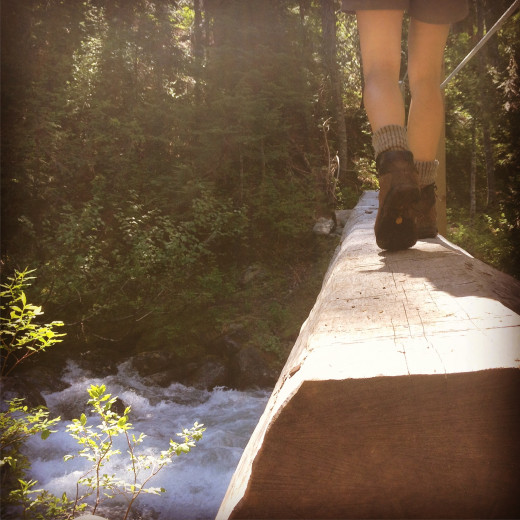
1) Do Your Research
The first thing you need to do is find the appropriate trails. No matter where you live, chances are good there is some nature that is not too far away. Your city probably has a guide available from their Parks and Recreation department on nearby hikes, but there are more places to look. Check out online communities like Club Tread and VancouverTrails.com (if you're near Vancouver) where hikers can post trail updates and reviews that might not be available on the official sites. Search for online hiking communities in your neighbourhood and you are bound to find meetups, guides, and more.
A few things to keep in mind when choosing a trail:
Get advice
You an read online comments and reviews all you want, but chances are you know at least one person who gets outside. Ask them for suggestions! Trust me: people who hike LOVE talking about and suggesting trails to friends. So far everyone I've encountered is great about assessing whether they think a hike is actually at my skill level or not and making recommendations. They'll probably offer to go out with you, which sounds great to me because a) you shouldn't go hiking alone anyways and b) it's nice to go with someone who knows what's going on.
Elevation is Important!
The distance of the hike is only one measure of its difficulty. Yes, a 15km round-trip hike will be long and probably not for the weaklings among us, but a 5km hike that has 700m of altitude gain might be a lot harder. My first hike was about 400m of altitude gain and felt like just the right level of doable-but-challenging.
Consider travel time
If you're a true City Guy/Girl then chances are you don't have a car. That means you either need a friend with a car, or to do hikes accessible by public transit. In the past, this seemed an insurmountable feat to me, but it's not! First of all, as I previously mentioned, most outdoorsy-types are super keen to have more friends to get outside with, and chances are if they hit the mountains regularly they have a car. If not, chances are also quite high that your city has trails easily accessible by transit.
From downtown Vancouver, for example, I can catch a bus that goes right up several nearby mountains. Your city might not be quite so close to the wilderness, but that doesn't mean it's inaccessible. Again, a little online searching will show you just how easy it is.
The one thing to be sure to account for is the amount of time travel will add to the top and bottom of your trip so that you actually have enough time in the day. Leaving early is a good idea.
Tip: Riding transit actually opens up the possibility of hikes you couldn't do with a car! There are a lot of one-way trails where you would need to arrange to have a car waiting or get picked up on the other side. If you're bussing, it's easy to do both!
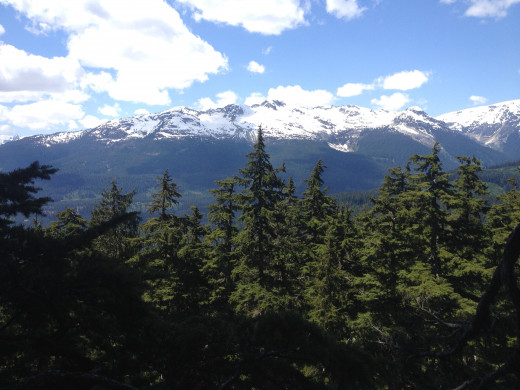
2) Gear: What Do You Actually Need
Aside from transportation, gear was the biggest thing that scared me off of hiking before. I'm not kidding when I say I owned nothing. My "runners" were basically shoes with laces - no grip, little support - and that is the best I had for footwear.
All the gear options seemed expensive and confusing. Did I really need all that stuff just to go walking in the woods? Well, yes and no and it depends. Let's assume you own nothing that would be sold in an outdoor gear store. What do you really need?
One thing I've realized when it comes to outdoor gear is that it's all about safety and convenience. A hiker's main concern should be safety (this includes food and hydration as well as basic "survival"-type stuff). After that, you want to be as unimpeded as possible. Little things like having to dig a water bottle out of your bag become truly annoying while climbing a mountain. You want to make it as easy on yourself as you can.
Here's some of the basics:
Backpacks
For obvious reasons, a backpack is incredibly useful. You have things you need to bring with you, and carrying them all in your hands while you're climbing a mountain is incredibly impractical. In a perfect world you would acquire an outdoorsy day-hike pack like this. It has a space for a water bladder (a bag of water that sits in your backpack with a tube you drink out of so you don't have to reach and grab a bottle), it's made out of fabric that won't get ruined in the dirt, and is constructed in a way that the pack will not make you get too hot. (Having a large leather thing stuck to your back while you climb a mountain gets awful clammy awful fast).
Of course, you don't need to have a top-of-the-line backpack to get out there. You will be fine with pretty much anything that straps onto your body and carries your stuff. The first time I went hiking since moving to the city I didn't own anything resembling a backpack. I just wore a purse that could sling over one shoulder and pull snugly against my back. Yes, I got teased a bit by my friends for having a purse on the mountain, but it's functionally the same as a one-should small backpack. It's just made of different fabric and might not carry quite as much stuff.
Tip: if you don't have anything that will work and don't want to spent $40-150 dollars on something, check your local thrift stores and yard sales. You won't find a super fancy technical backpack, but you'll be able to find something that will work.
Footwear
Take care of your feet! What you need depends a lot on weather conditions and the difficulty of your hike. If you're doing a hike that's more of a stroll in the woods with some incline, any pair of runners is fine. If you're climbing a mountain with difficult terrain, then actual hiking boots with ankle support are a good idea.
In general you want good support and good traction. In the summer when it's hot, heavy hiking boots might feel like a bit much, but they also might save you when your ankles get weak and wobbly on the way down the mountain.
Tip: if you are driving to the hike, having a second pair of (lighter) shoes to change into after the hike feels AMAZING. Your tired, hot, sweaty little feet will be so happy for the change.
Clothes
This is the only time in life when synthetic fabrics are highly recommended. Cotton is dubbed "Killer Cotton" by hikers, because it, and most other natural fibres, soak up your sweat, get heavy, and chafe. Work out wear that is meant to wick sweat is best. Wool is also okay as it doesn't absorb water like cotton, but it can be scratchy.
Aside from fabric, you want to keep in mind that temperatures can rise and drop in an instant on a mountain. It's a hot sunny day down in the city, and on the mountain it could be pleasantly warm at one point, and then drop to cold and windy the next second, or you could walk through a cloud and it suddenly gets all damp and chilly. You want to be ready for this.
Ideally, you want the following layers: your light, tight-fitting wicking work out top; a fleecy layer; something water proof; an actually warm, puffy jacket.
I do not have all those layers, but it is important to have some warm and cool options because temperatures can change in a flash on the mountains, and even in summer it can be quite cold at higher elevations. I have generally worn a yoga-type workout top and brought a light sweater-type layer that can go over that but isn't too hot, a fleece, and something water proof (or resistant). The warm, puffy jacket is only really necessary if you're doing colder-weather hikes.
On the bottom I've just worn my yoga tights. My hiking-pro boyfriend prefers pants that zip off into shorts.
On your feet, ideally you'd have some fancy technological socks that absorb sweat and add support and all that stuff. So far I've just worn the little cotton socks I own (I know! Killer Cotton!) and been okay, although once I tried someone else's fancy socks and my feet were way happier. They might be worth the investment if you want to do this a lot.
Tip: Buying all this stuff new can be really expensive, but one thing that's easy to find at thrift stores is activewear. There are always tons of options available for super cheap. If second hand bugs you, go to your local Winners or Ross and peruse the clearance work out wear.
Other Stuff
You need something to hold water. A water bottle is fine (hopefully your backpack is constructed in a way you can access water without stopping, taking it off, and opening the whole thing), those fancy water bladders are truly awesome though.
Sunglasses and a hat are handy to have available when it's sunny and you don't have a lot of tree cover.
Because I don't own fancy zip-off pants or other leg-covering gear, I have been known to bring leg warmers with me in case the peak was cold. I didn't actually use them though, so your call on that one.
Food and safety gear are important too, they get their own sections next.

3) Food
You want to have food on your hike! Probably more than you would normally plan to eat in that amount of time. Assuming this is a day hike and you're leaving after an early breakfast, bring yourself a few little snackish things and a large lunch.
Obviously, you'll be carrying it all and eating in nature, so keep that in mind. This probably isn't the time for some take out curry or sashimi. Sandwiches are easy - maybe make two. Fruit is great. Maybe a couple of cookies. Think the kind of lunch you'd bring in high school - something filling, something fruit or vegetable-like, and a treat.
Hikers love those trail bars that are basically super fancy granola bars. I'm not a huge fan of them myself, but they do pack energy and nutrients into a convenient shape and size. Same goes for a ziplock back of trail mix. Not my fave, but it's got protein, fruit, and some chocolate, usually. Pretty swell.
4) Safety
Safety is your number one concern when going out into nature. Part of being safe is having the right gear (although, as I describe above, it doesn't have to be too crazy or expensive) and bringing enough food and water. There are a few other things you can do to stay safe, though:
Don't go alone!
Especially if you're new to hiking and the outdoors, don't go alone. If you have an outdoorsy friend to go with, that's the best option, but any other person will do the trick. Even on a basic trail, if you trip and hurt yourself and can't get down, you'll really wish someone was with you.
Tell someone!
Make sure someone who is not on the mountain knows where you are and when you plan on returning.
Use technology!
Make sure your cell phone is charged and accessible. Looking at your phone while you're in nature is a ridiculous faux pas, but having it is very valuable. These days you can probably get cell reception on most well-used hiking trails. If you have your phone you can call for help if you need it, ping your location out to someone, and generally be connected to the world. Just don't be texting for fun on the trail.
If you want to get really fancy, you can get little devices that track where you are and update a website, so people can know where you are and that you're alive at all times.
Stay on the trail!
Before you start your hike, check out the map at the trail head (there will always be one on a proper hiking trail) and see where you'll be going. Make a habit of looking for trail markers (usually little brightly coloured pieces of plastic nailed into trees along the way), and follow them if you're ever unsure. It can be pretty easy to take a wrong turn on a mountain and go down a dead end, so those trail markers will be your guide.
Listen to your body!
Your goal is not to tire yourself out so much you can't get home, or to hurt yourself. If you feel pain or start to get really tired, pay attention to that. Remember, going down the mountain is both easier and harder - it takes some butt and core strength to keep yourself from getting out of control going downhill. Don't wipe yourself out so badly going up (or ignore an injury that's cropping up) so that you're too tired or in too much pain to go back down.
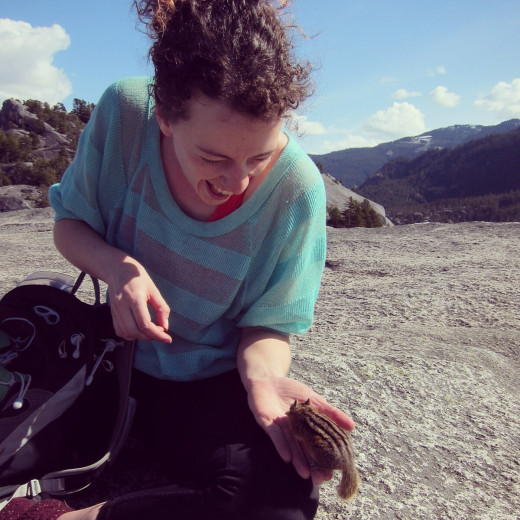
Enjoy!
This might all sound like a bit much, but once you get started I promise it's not so bad. Just take it one step at a time - find a buddy, figure out where you want to go, get the gear you need, and be careful. That's it!
Then all you have to do is go out into nature and enjoy yourself. Look at the trees, listen to the birds, and check out the incredible views. Time spent in nature is so worth it.
What do you think?
Have you tried a hike for the first time recently? Do you have any recommendations of great trails for people to start off on in your area? Share your experiences!
© 2015 Andrea
